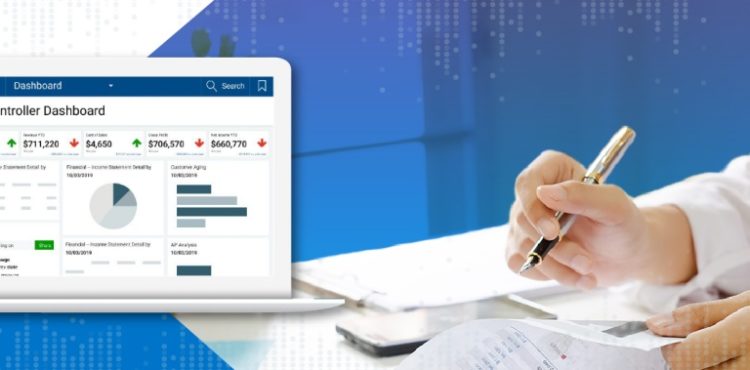How to Choose the Right Visualization for Your Data

As data visualization platforms become more sophisticated, you will have more and more ways of representing and understanding data. However, there’s nothing more frustrating than staring at a chart wondering what you’re supposed to get out of it. But how do you choose the right data visualization? In this post, we’ll explore four common types of visualizations, and when to use them to communicate information effectively.
Some Context
Data visualizations are used to organize and present data in a coherent manner so the audience can make sense of what’s going on and take action. As organizations collect more and more data, visualizations are increasingly vital to communicate real-time, actionable insights to support informed decision-making. But so often, these organizations fail to choose appropriate visualizations for their data, which hides the “so what?” and leaves the audience wondering what they should do. To ensure that data visualizations have real business value, you need to understand how to graphically represent your data so the “so what?” is immediately apparent to the audience. And to do this, you need to know which types of visualizations are best suited for a given data set.
Raw data presented as rows and columns of numbers is of little business use because it is difficult to infer underlying patterns in the data. Effective visualizations transcend the limits of spreadsheets by enabling the audience to easily comprehend more data in less time.
Great dashboards can amplify user experience and skyrocket user adoption of your application.
15-Minute Fix: A Step-by-Step Guide to Designing Beautiful Dashboards
Download NowHere’s how to choose the right type of visualization every time:
1. Tabular format is best used when exact quantities of numbers must be known. Numbers are presented in rows and columns, and may contain summary information, as in PivotTables. This format is NOT conducive to finding trends and comparing sets of data because it is hard to analyze sets of numbers and the presentation becomes unwieldy with larger data sets.
2. Line charts are best used when trying to visualize continuous data over time. Line charts are set against a common scale and are ideal for showing trends in data over time. You might also add a trend line or a goal line to illustrate performance in a certain period against a set benchmark.
3. Bar charts are best used when showing comparisons between categories. Typically the bars are proportional to the values they represent and can be plotted either horizontally or vertically. One axis of the chart shows the specific categories being compared, and the other axis represents discrete values.
4. Pie charts are best used to compare parts to the whole. Pie charts make it easy for an audience to understand the relative importance of values, but when there are more than five sections it can become difficult to compare the results. Too many sections make interpretation difficult because the difference between the sections can become too narrow to effectively interpret.
When creating data visualizations, be sure to communicate information in the most concise and impactful way possible by using the appropriate visualization for your data. If you don’t, your audience will miss the message you’re trying to convey and you’ll miss out on key insights.
Want to know more about choosing the right data visualizations? Check out our article with a more in-depth comparison of the different data visualization types to learn how to get the most out of your data visualization platform.
